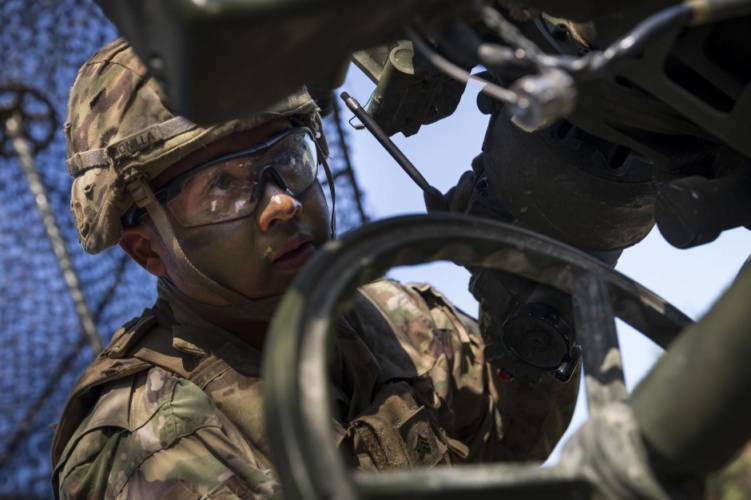
A team from the US Army Combat Capabilities Development Command's Army Research Laboratory and its HRL Laboratories partners used advances in 3D printing to create new helmet padding that consists of highly-tuned open-cell lattice structures. Their findings are published in ScienceDirect.
Microlattice padding makes for safer helmets
WWI helmet is tops for blast protection
"Careful control of the lattice design imparts novel compression characteristics to the padding that reduce peak head acceleration during blunt impact events compared to existing state-of-the-art foam padding," said Dr. Thomas Plaisted, the lab's project lead. "Testing demonstrated a 27 per cent increase in energy attenuation efficiency when inserted into a combat helmet compared to current best-performing foam pads."
A significant challenge for the design of protective padding is providing the highest level of impact protection while minimizing weight and space it occupies inside the helmet, Plaisted said in a statement. The padding must be comfortable to allow a soldier to wear a combat helmet for extended periods.
"Typical multi-impact attenuating materials include expanded polypropylene and vinyl nitrile closed-cell foams, which absorb impact energy through the collapse of internal pores when compressed," he said. "The material is carefully tuned to yield at a threshold force, or acceleration, specific to the tolerance of the head, thereby mitigating injury."
The team said that recent advances in additive manufacturing techniques have enabled the fabrication of cellular materials with architected lattice topology.
"We demonstrated, via design of the cellular architecture, improved control over the collapse process in elastomeric lattices that enables impact-attenuation performance exceeding state-of-the-art foams for both single- and multi-hit scenarios," Plaisted said. "An improvement over state-of-the-art vinyl-nitrile foam helmet pads was achieved during a standard helmet test, leading to lower head acceleration. This breakthrough could pave the way to helmets with improved injury protection. The open cell design of the lattice further aids in comfort and breathability to dissipate heat away from the head."




Poll: Should the UK’s railways be renationalised?
I think that a network inclusive of the vehicles on it would make sense. However it remains to be seen if there is any plan for it to be for the...